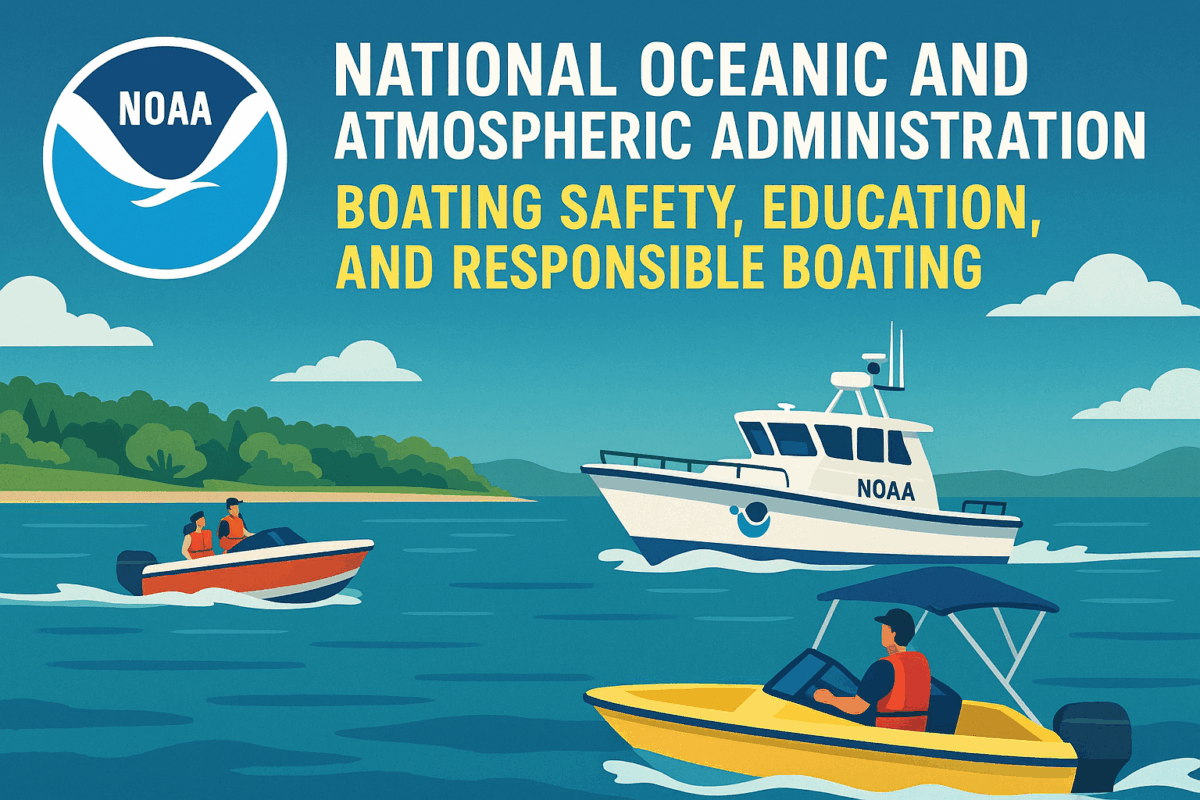Call: 1-800-832-7191

NOAA ADVs
Addressing a Growing Maritime Concern
NOAA ADVs (Abandoned Derelict Vessels) pose serious threats to navigation, ecosystems, and waterfront communities. These vessels often leak fuel, block channels, and damage habitats. Addressing them requires coordinated action and reliable data.
Understanding the Impact
Derelict vessels harm marine life and disrupt local economies. They create hazards for boaters and reduce access to public waterways. NOAA ADVs programs track these vessels to support cleanup efforts and guide policy decisions. With accurate mapping, agencies can prioritize removal and restoration.
Tools for Local and State Agencies
NOAA Abandoned and Derelict Vessels resources help states manage these challenges. The database includes vessel locations, conditions, and environmental risks. Agencies use this information to plan removals, apply for funding, and educate the public. These tools streamline response efforts and improve outcomes.
NOAA ADVs program is Supporting Community Involvement
Public awareness plays a key role in prevention. NOAA encourages communities to report derelict vessels and support local cleanup programs. Educational campaigns help boaters understand disposal laws and avoid contributing to the problem. With more outreach, fewer vessels end up abandoned.
NOAA ADVs program is Promoting Long-Term Solutions
NOAA ADVs initiatives focus on prevention as much as removal. By improving vessel registration, disposal options, and enforcement, states reduce future incidents. Long-term strategies protect waterways and reduce cleanup costs. Collaboration between agencies, boaters, and communities ensures lasting results.
In Conclusion
NOAA Autonomous Drifting Vehicles (ADVs), also known as uncrewed surface vehicles, are ocean robots designed to collect environmental data without onboard crews. These wave- or solar-powered platforms drift across the ocean, gathering real-time information on temperature, salinity, oxygen levels, and phytoplankton biomass. NOAA uses ADVs to monitor climate impacts, support fisheries research, and enhance coastal ecosystem understanding. Their autonomous nature allows extended missions in remote or harsh environments, reducing costs and increasing data coverage. ADVs play a vital role in advancing ocean science, improving forecasting models, and supporting sustainable marine resource management. They represent a leap forward in ocean observation technology.
